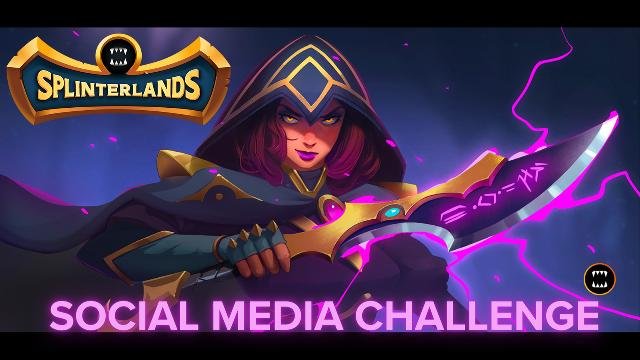The analyses of Splinterland's Meta

Splinterlands as we all know is a popular blockchain-based card game and it offers players a unique and dynamic gaming experience. At the center of Splinterlands is the concept of "meta," it is a term used to describe the prevailing strategies and card combinations that dominate the current state or update of the game. In this blog post in response to the Splinterlands Social Media Challenge, I will talk about the intricacies of the meta in Splinterlands, also examining its impact on gameplay and providing valuable insights on countering popular strategies and helping players to adapt to the meta.
Understanding the Current Meta
The meta in Splinterlands is shaped by so many different factors, including newly introduced cards, balance changes, and the creativity of the player base. Examining the current meta is crucial for staying competitive and gaining an edge in battles. As of now, certain strategies may be prevalent, such as tank-heavy teams or fast-paced, aggressive lineups. It is essential for players to stay informed about the latest trends to adjust their own strategies accordingly.
Influence on Gameplay Strategies
The meta has an impact on the most common strategies players use during battles. For example, if tank-heavy teams are dominating the meta, players may opt for strategies that focus on dealing high damage or employing debuffs to bypass the opponents' teams. On the other hand, if fast-paced and very aggressive lineups are popular, players might prioritize quick and agile cards(cards with high speed) to gain advantage.
Adapting to the Meta
To excel in Splinterlands, players must be adaptable and capable of adjusting their strategies(could be done by renting the most used or popular cards) to counter the prevailing meta. One effective approach is to diversify your card collection and test with different lineups. This flexibility allows players to respond strategically to a variety of opponents, giving them an advantage in battles.
Countering Popular Strategies
Understanding the strengths and weaknesses of popular strategies in Splinterlands is crucial for effective counterplay. Let's explore a few examples:
Tank-Heavy Teams:
- Counter Strategy: Focus on high-damage cards with abilities that can bypass armor or directly attack the backline. Fire cards are most preferable here. Additionally, consider using cards with debuffs that reduce the effectiveness of tank units.
Fast-Paced, Aggressive Lineups:
- Counter Strategy: Prioritize cards with high speed and abilities that can disrupt the opponent's strategy. Additionally, defensive cards with the ability to withstand initial onslaught or attacks can be effective in turning the tide of battle.
Ranged Attack Dominance:
- Counter Strategy: Deploy cards with high health and armor to withstand ranged attacks. Utilize cards with abilities that can disable or weaken ranged attackers, reducing their impact on your cards.
Spell-Casting Teams:
- Counter Strategy: Build teams with cards that have spell-resistant abilities or those capable of dispelling enemy buffs. Additionally, consider using cards with high health to endure the effects of enemy spells.
In Splinterlands, understanding the meta is an ongoing process that requires adaptability and strategic thinking which is quite common in the game. By staying informed about the current trends, diversifying your card collection, and employing effective counter strategies, you can better your gameplay and win over opponents. Remember, the meta is a dynamic force that keeps the game fresh and challenging, making every battle a unique and exciting experience.
Checkout our BDVoter Daily Hive Showcase & Participate into our Daily giveaway to win various prize.
Thanks for sharing! - @mango-juice
